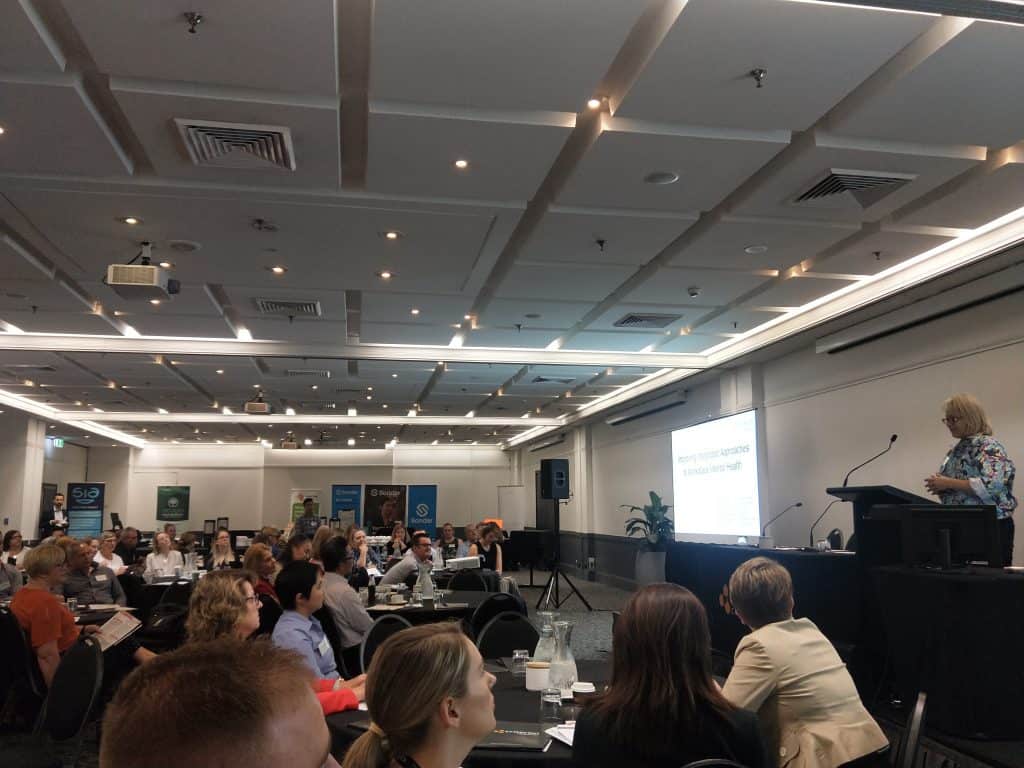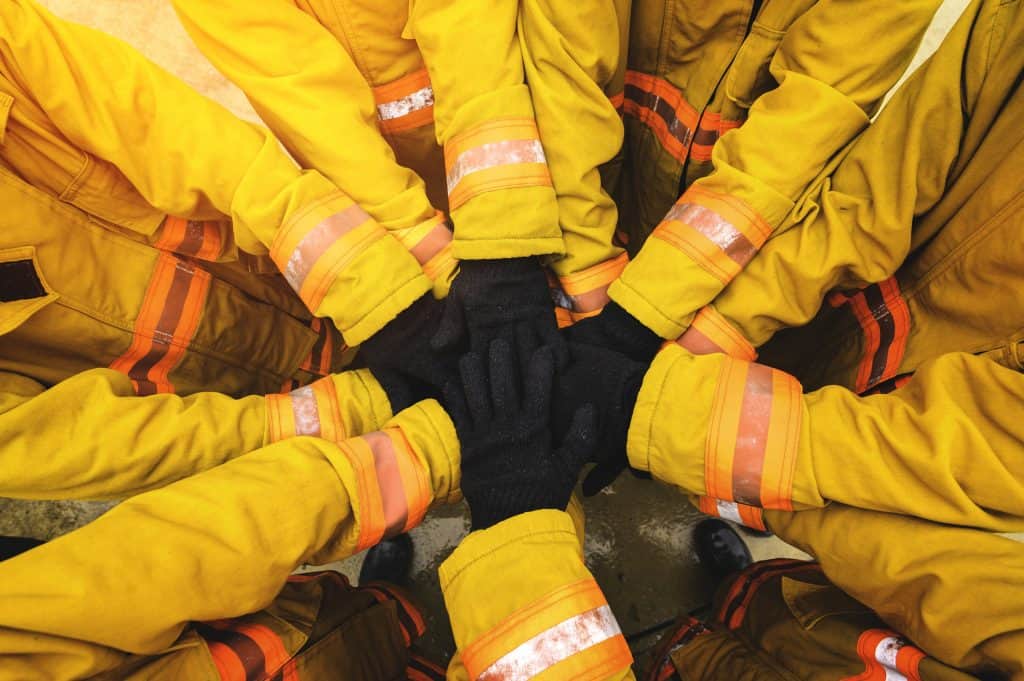As you could guess from some recent blog posts, the Criterion Conference called “Improving Integrated Approaches to Workplace Mental Health” conducted with the support of the Australian Institute of Health and Safety, was well worth attending as many of the speakers were excellent. What was missing was a strong voice of advocacy on behalf of the Human Resources (HR) profession to counter or balance the strong occupational health and safety (OHS) focus.
Below is a summary of some of the important points made by the conference speakers (or at least those who did not impose restrictions).





